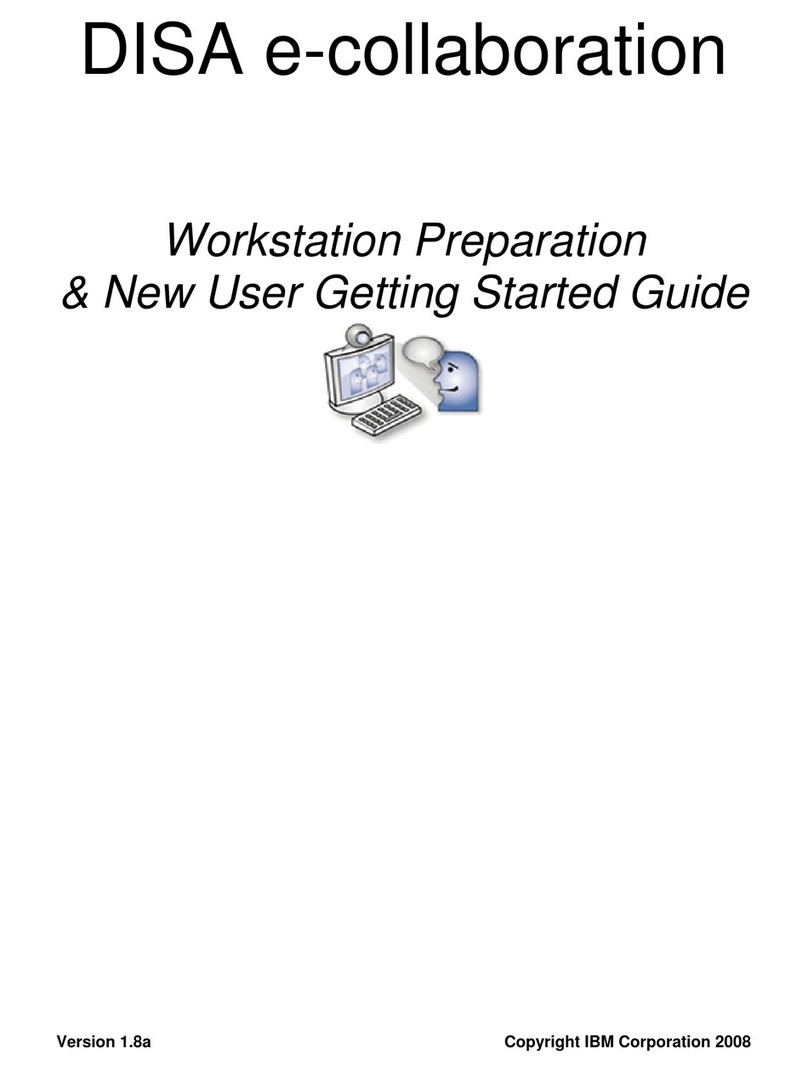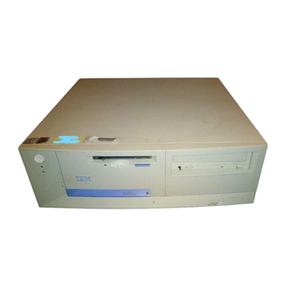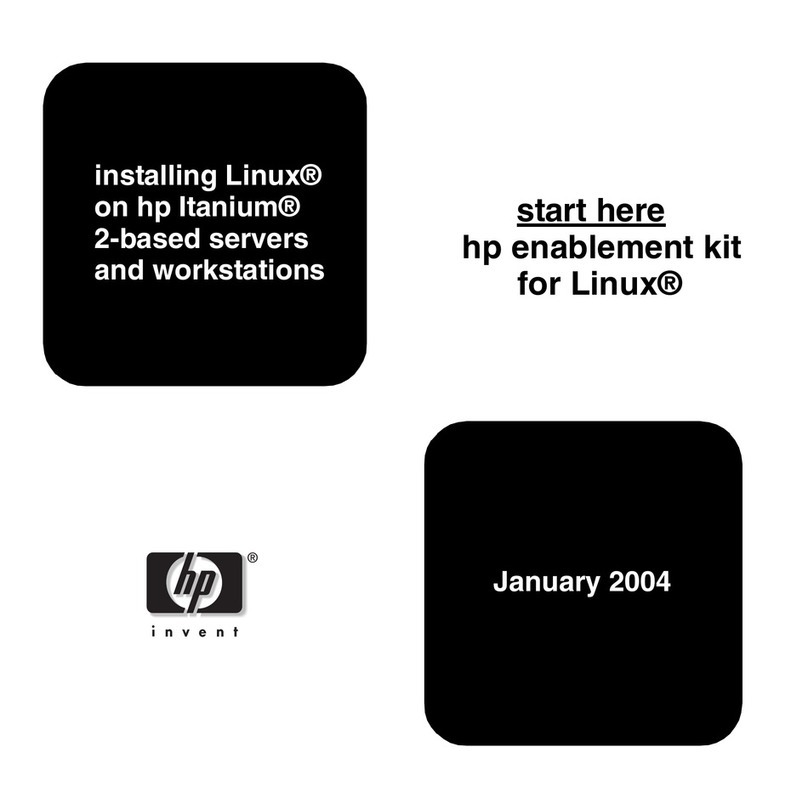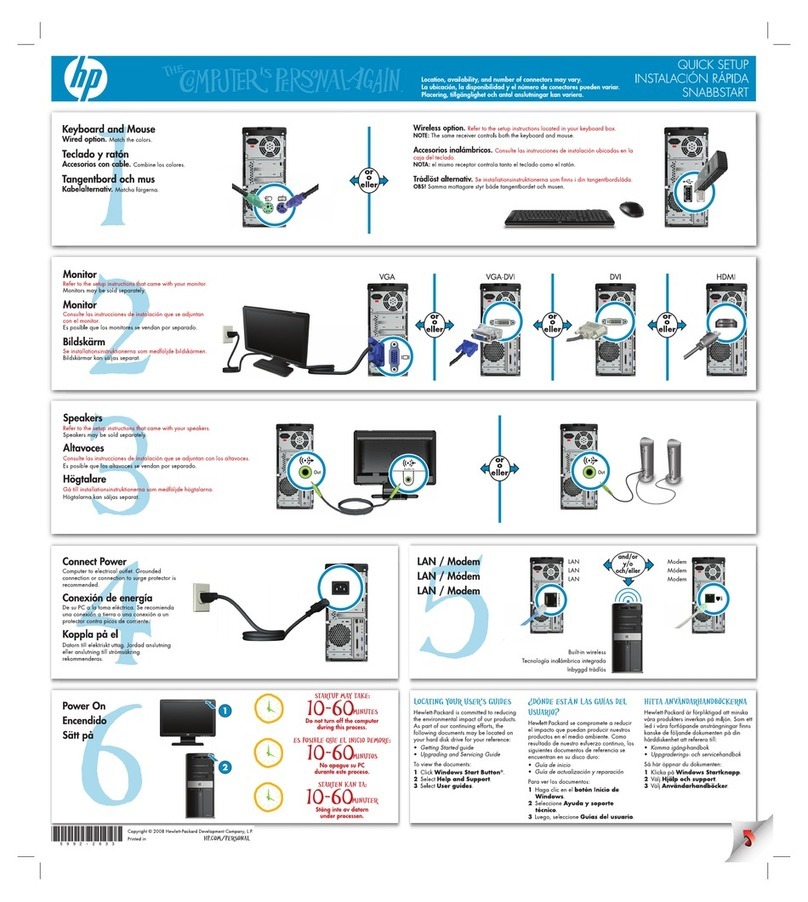IBM System/370 User manual
Other IBM Desktop manuals
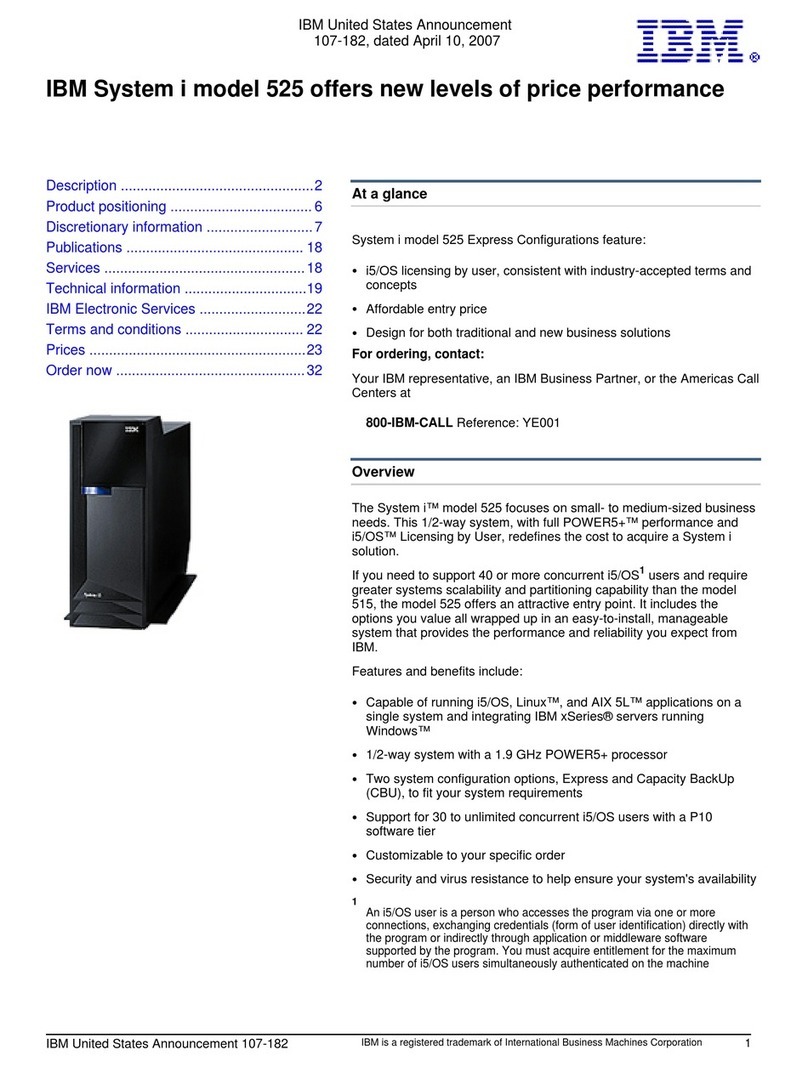
IBM
IBM 525 User manual
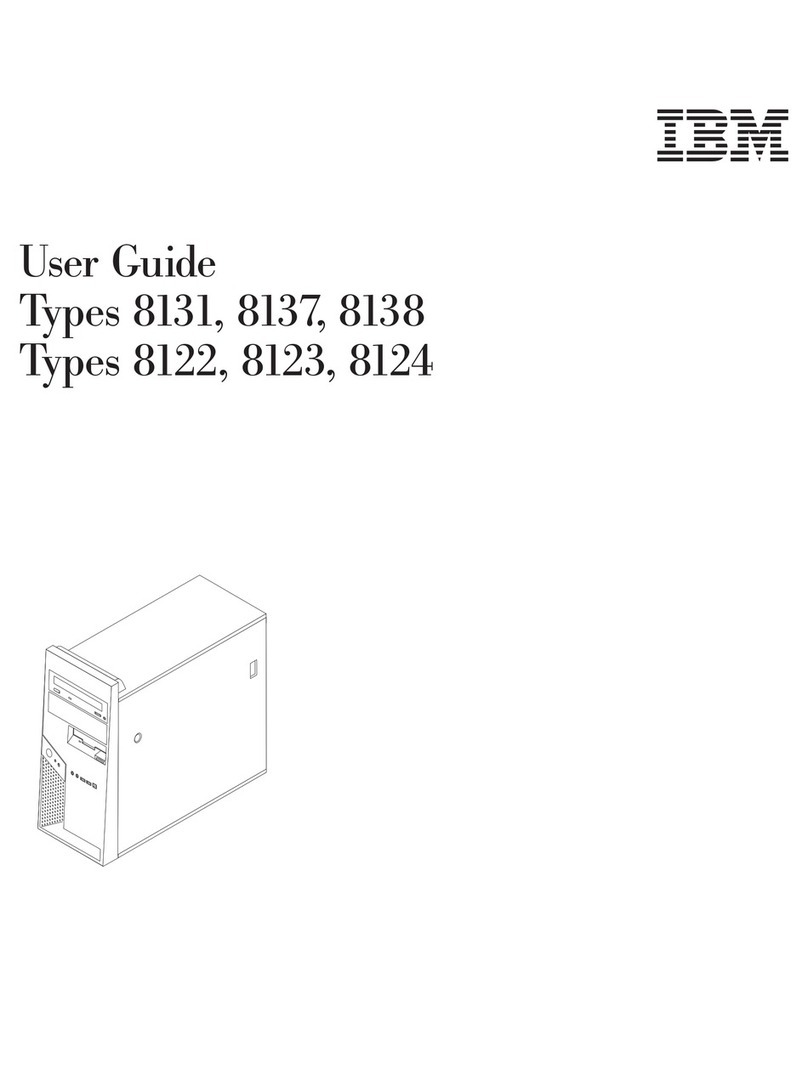
IBM
IBM ThinkCentre 8123 User manual
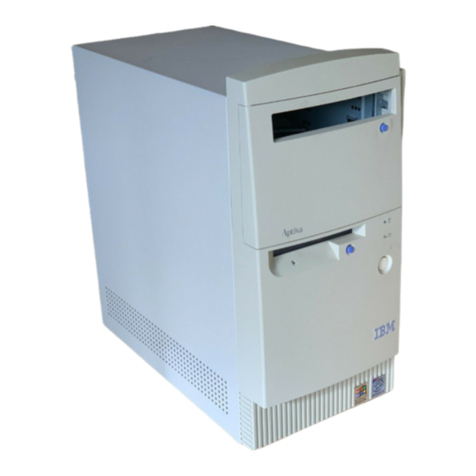
IBM
IBM Aptiva 2158 Owner's manual

IBM
IBM NetVista A20 User manual
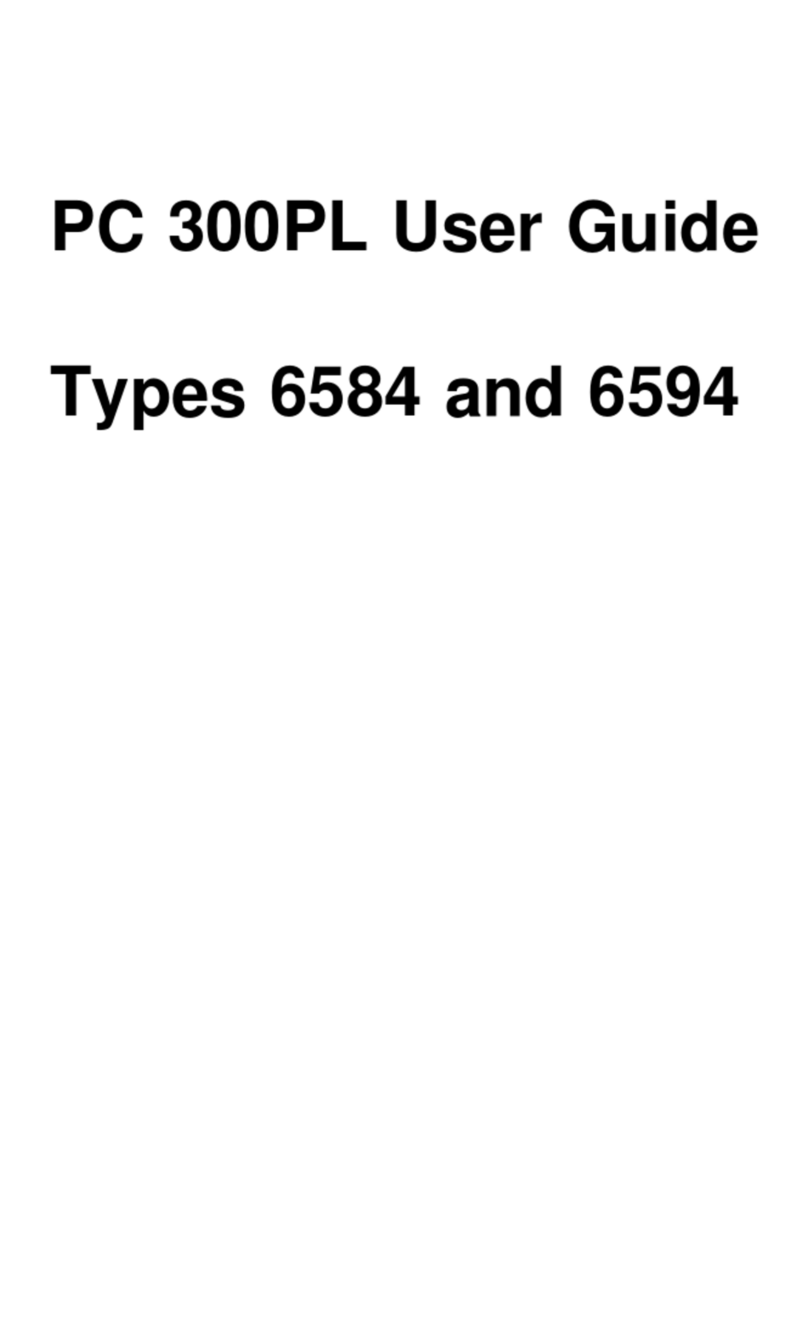
IBM
IBM PC 300PL Types 6862 User manual
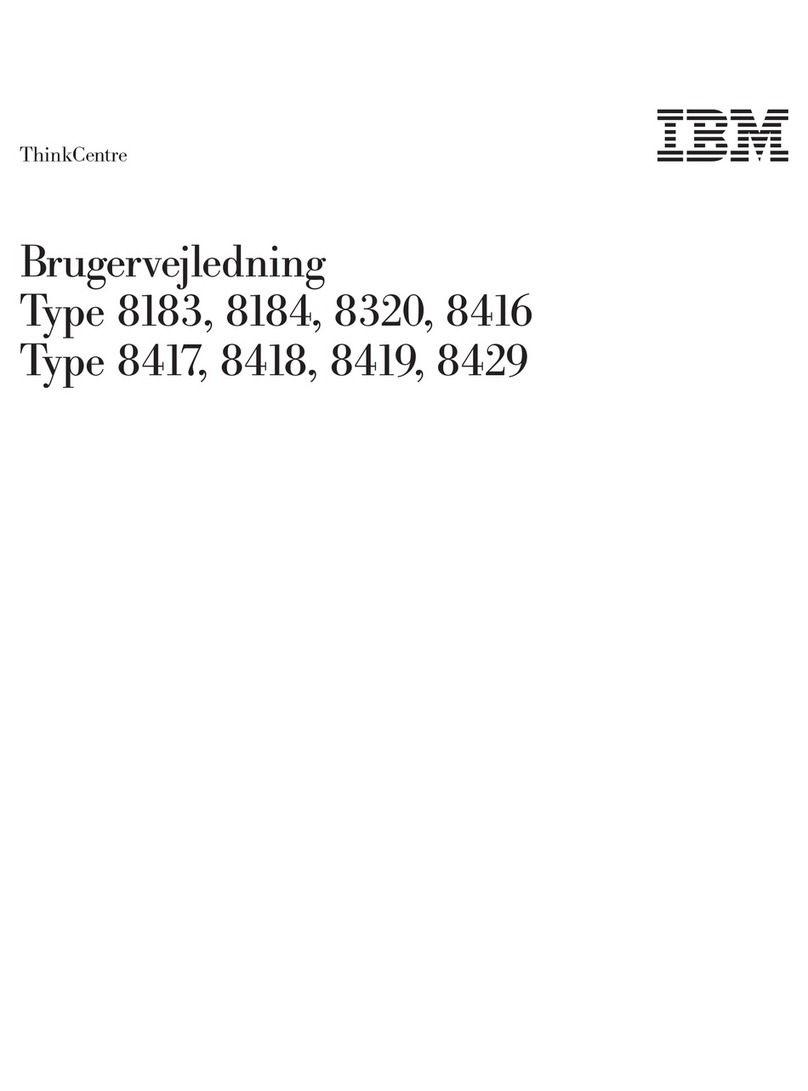
IBM
IBM BRUGERVEJLEDNING 8184 Technical document
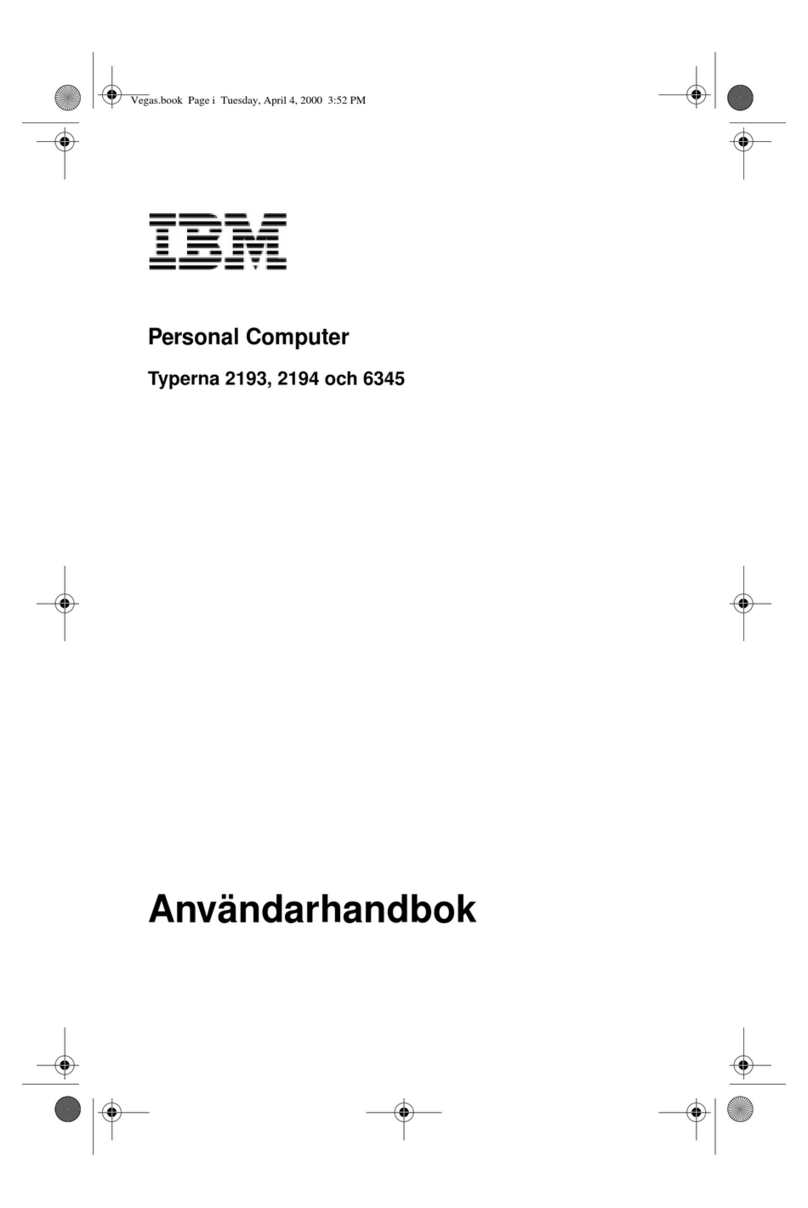
IBM
IBM PC 300 User manual
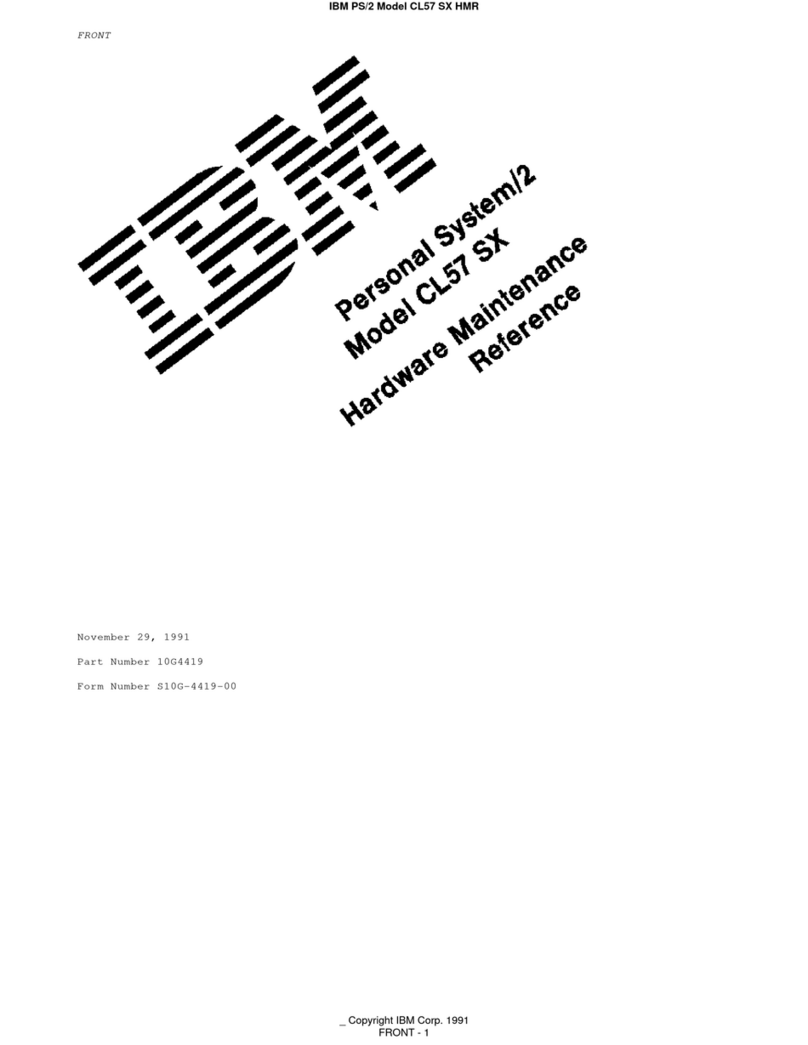
IBM
IBM Personal System/2 CL57 SX Owner's manual
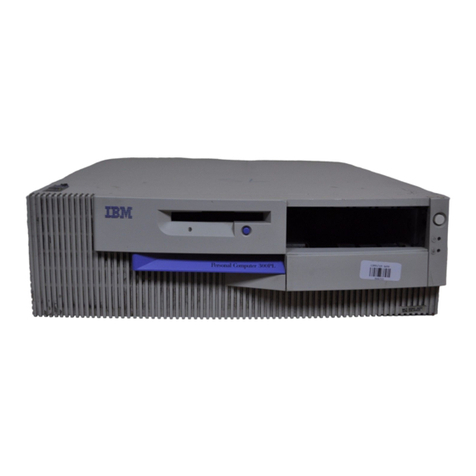
IBM
IBM PC 300PL Types 6862 User manual

IBM
IBM 88728AU - System x3950 - 8872 Datacenter High... User manual

IBM
IBM PC 300 User manual
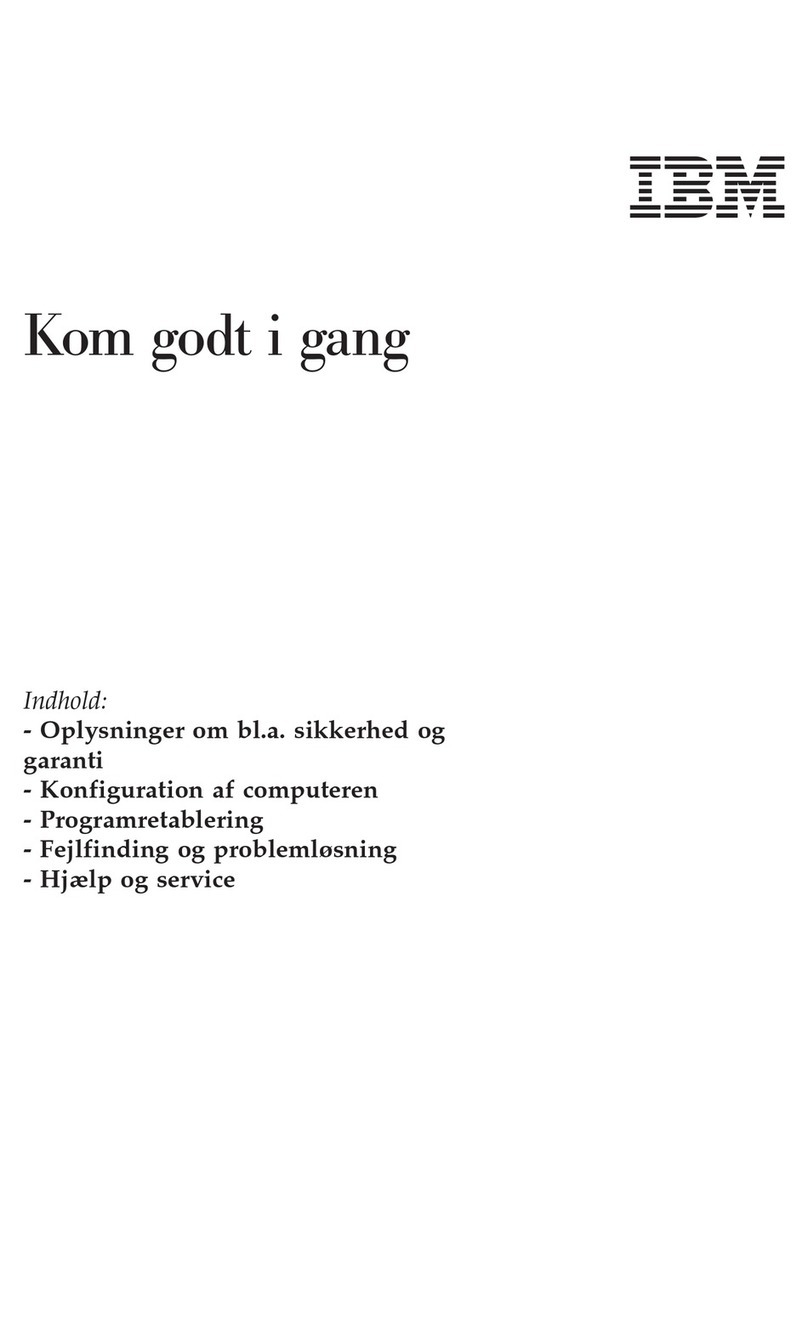
IBM
IBM NetVista A21 User manual
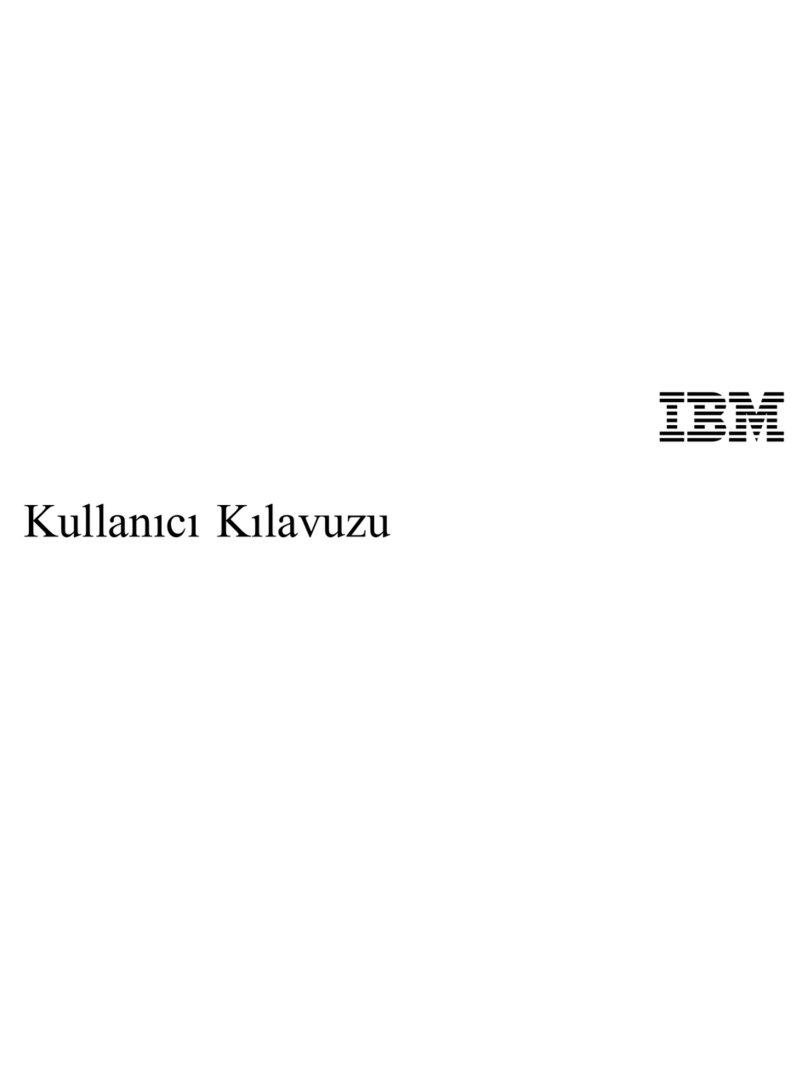
IBM
IBM NetVista User manual

IBM
IBM NetVista A21 Setup guide

IBM
IBM NetVista A20 User manual
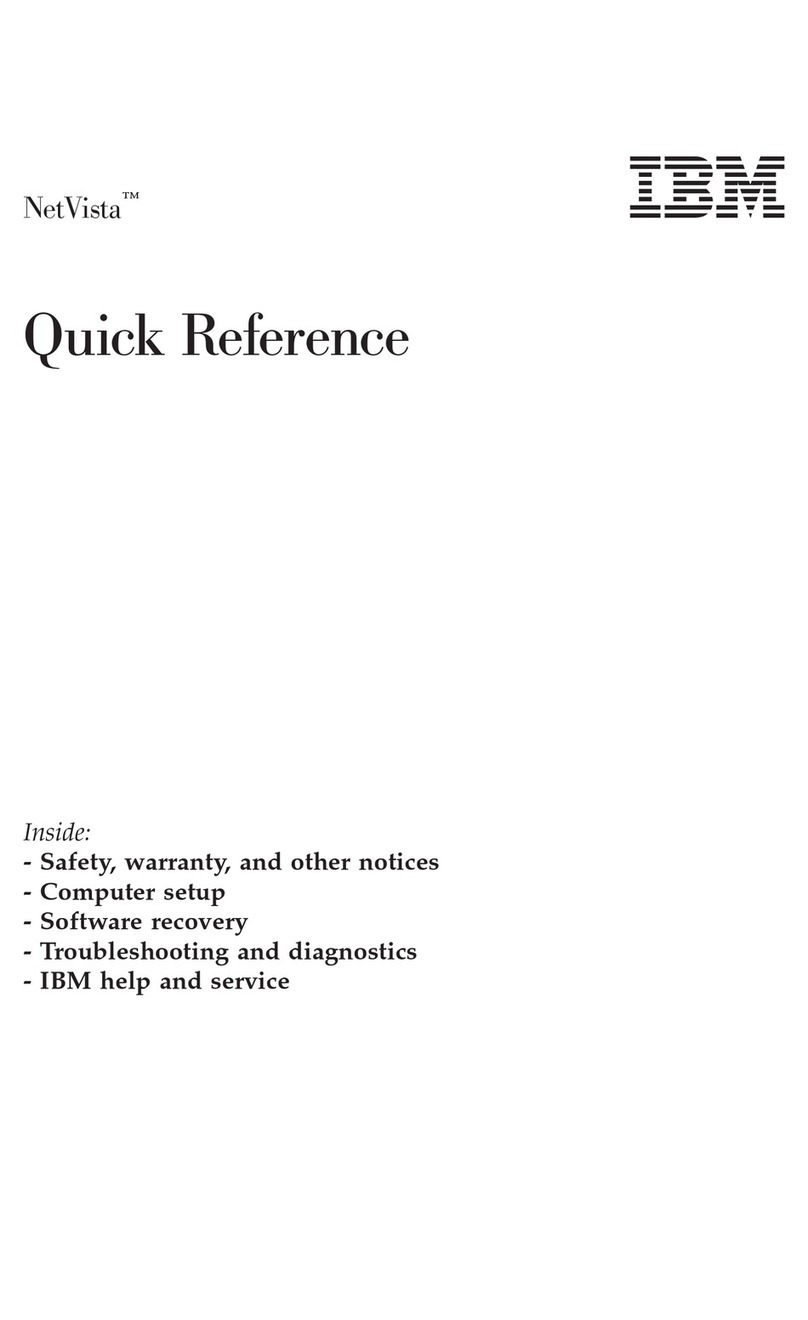
IBM
IBM NetVista S42 User manual
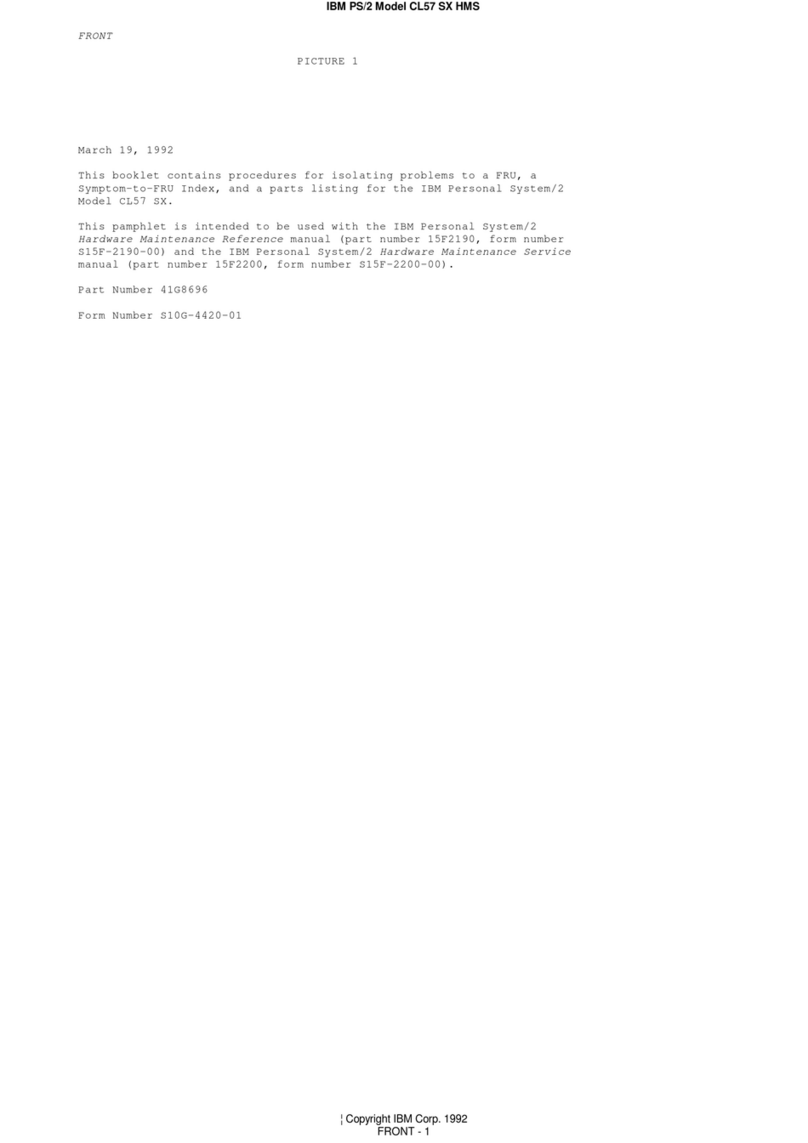
IBM
IBM PS/2 CL57 SX Owner's manual

IBM
IBM NetVista A21 Quick start guide

IBM
IBM NetVista A21 User manual
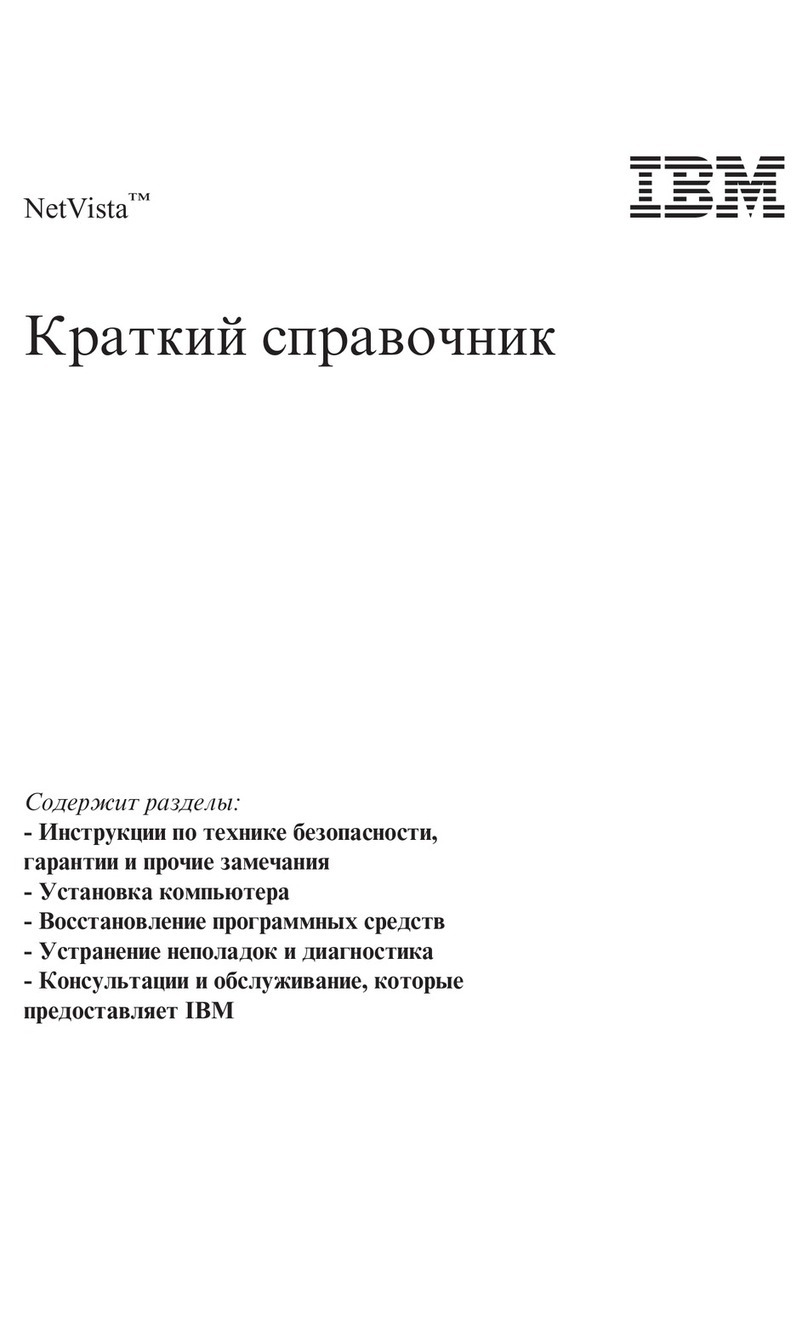
IBM
IBM NetVista A30 User manual

